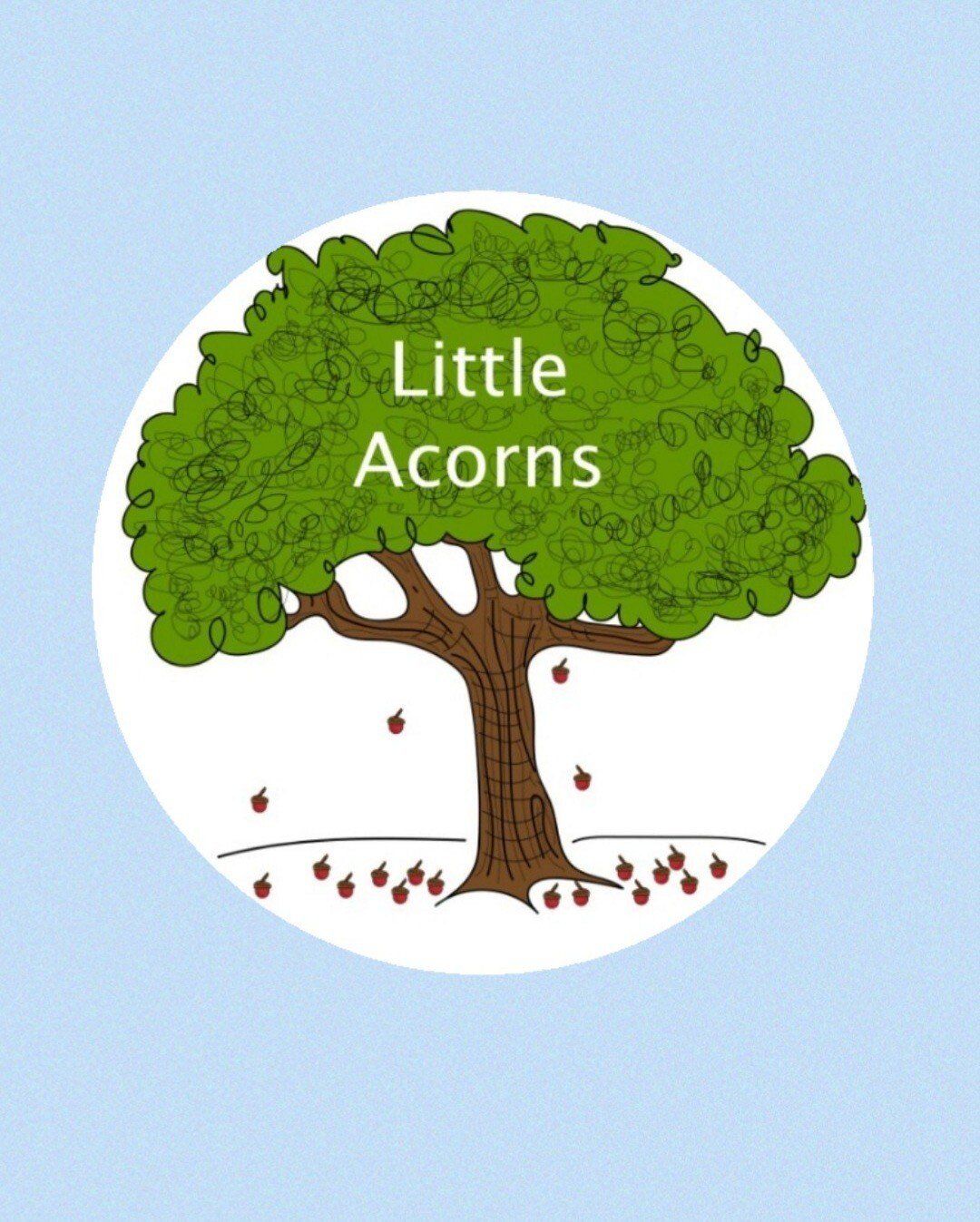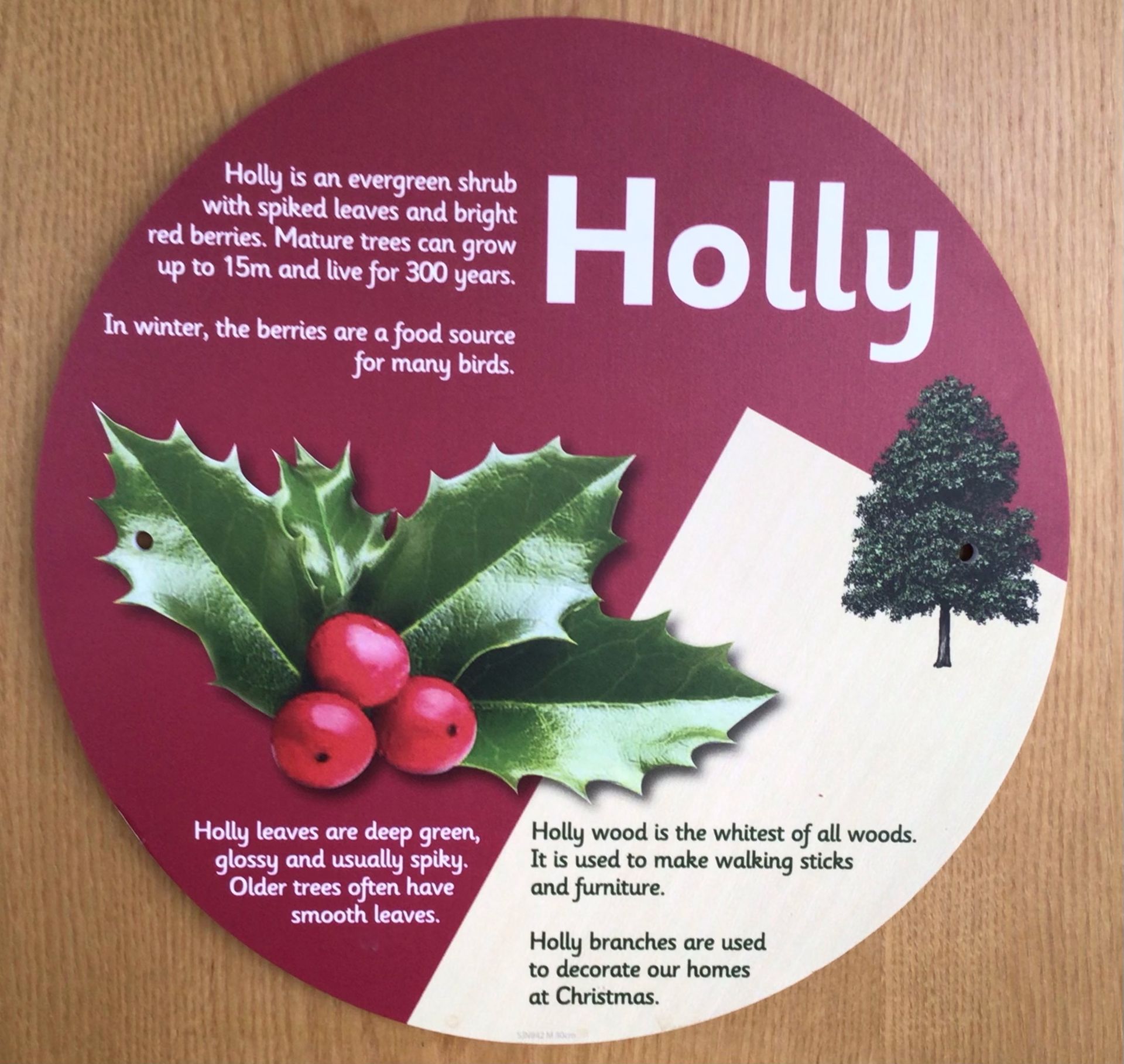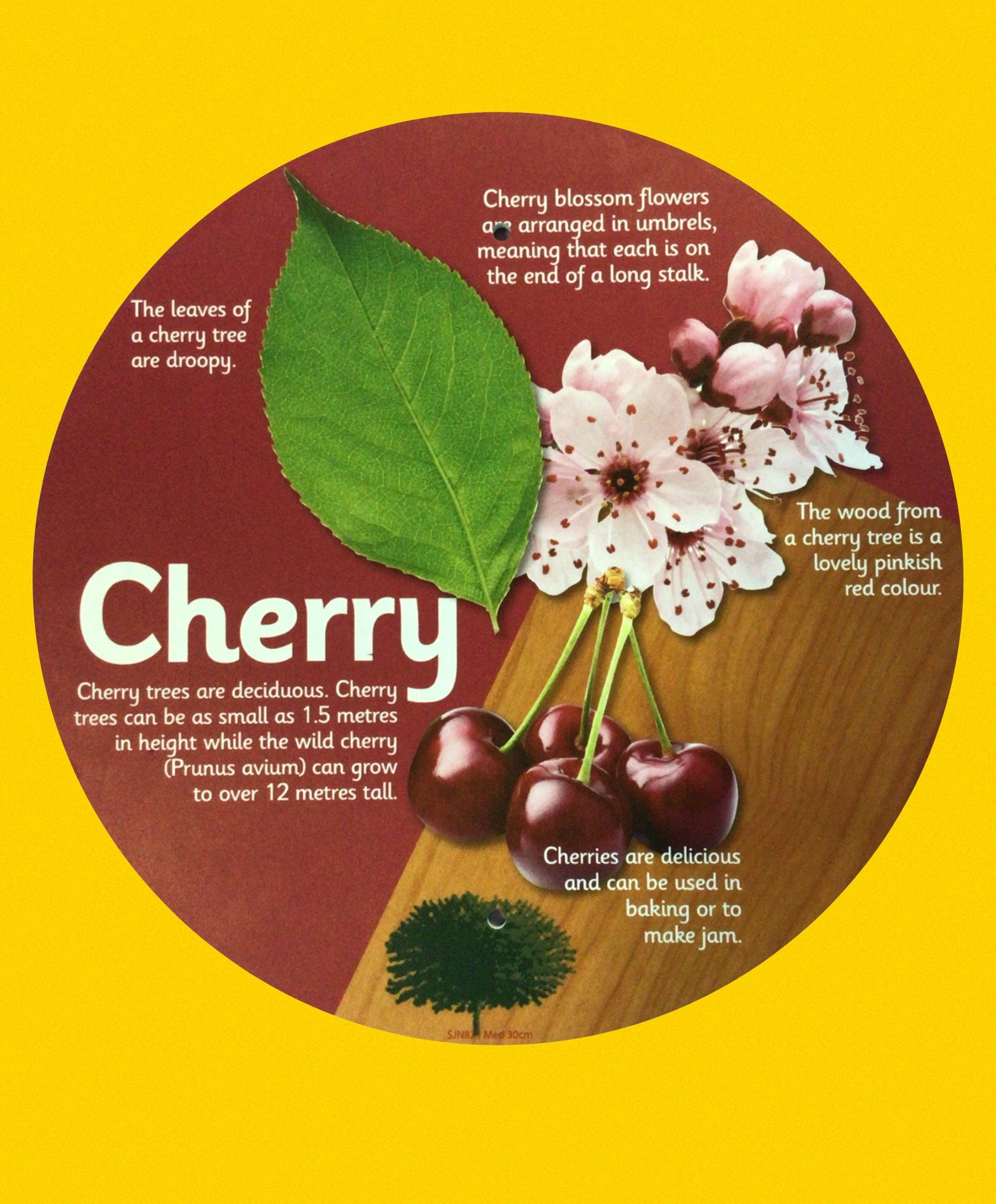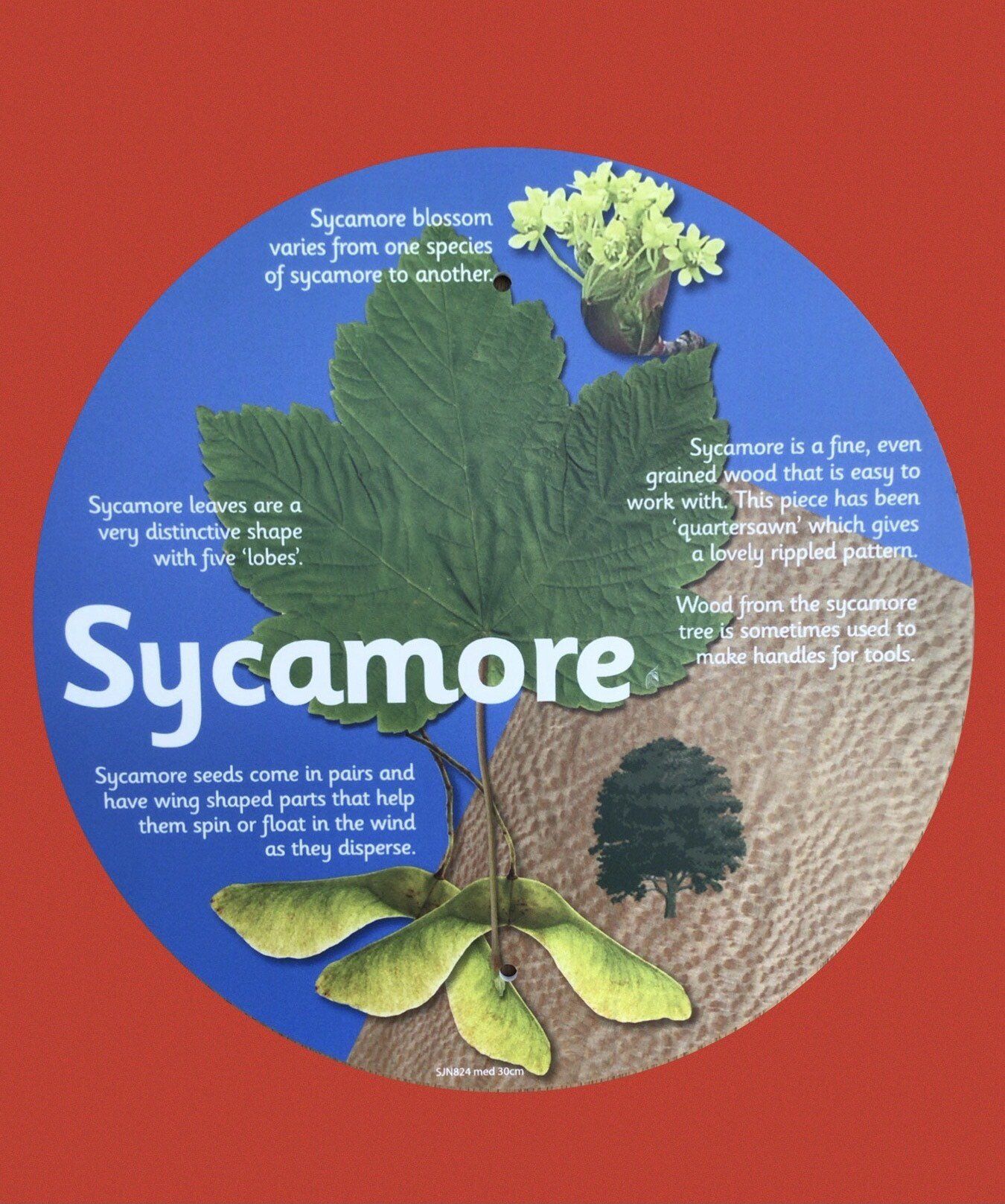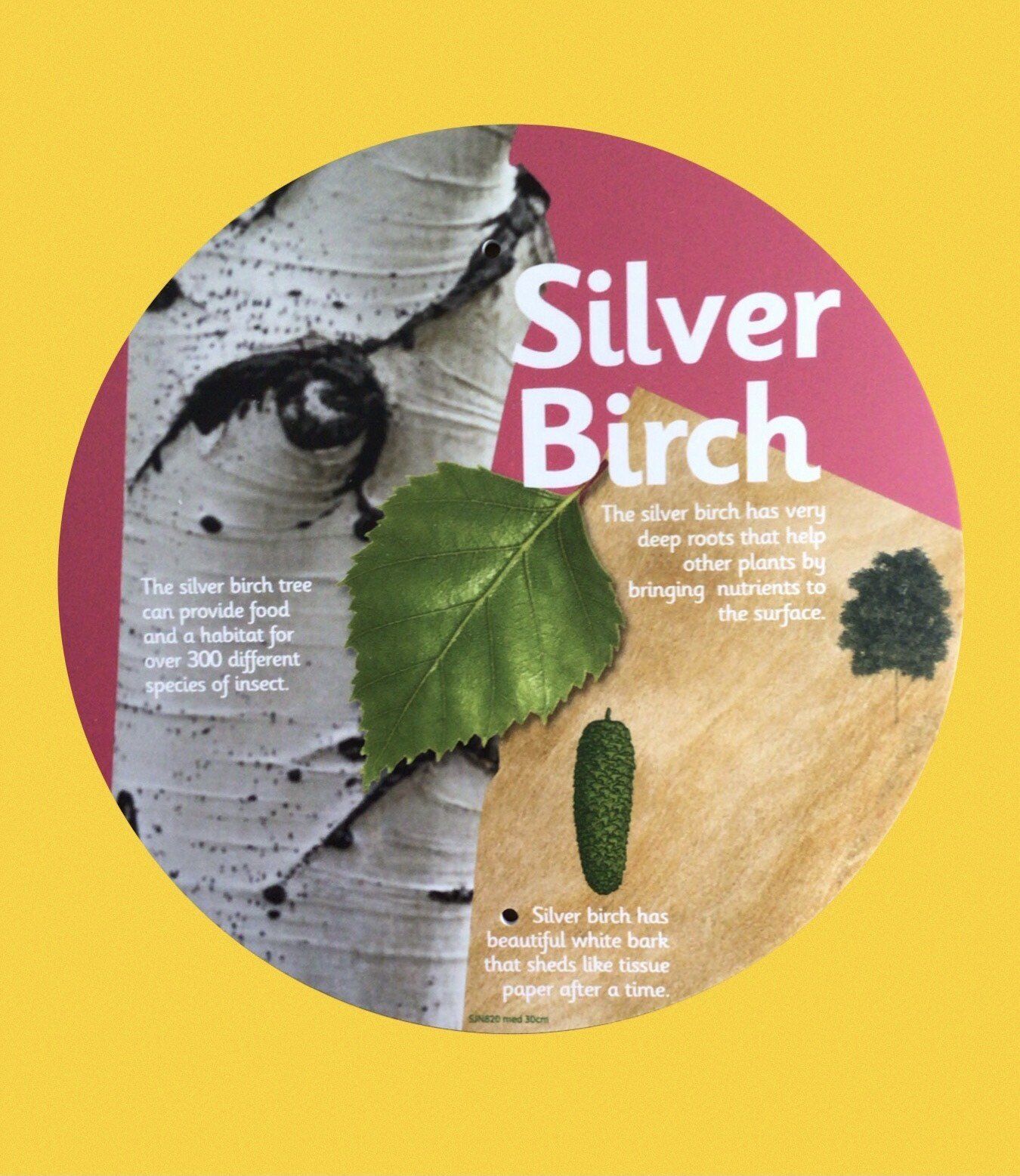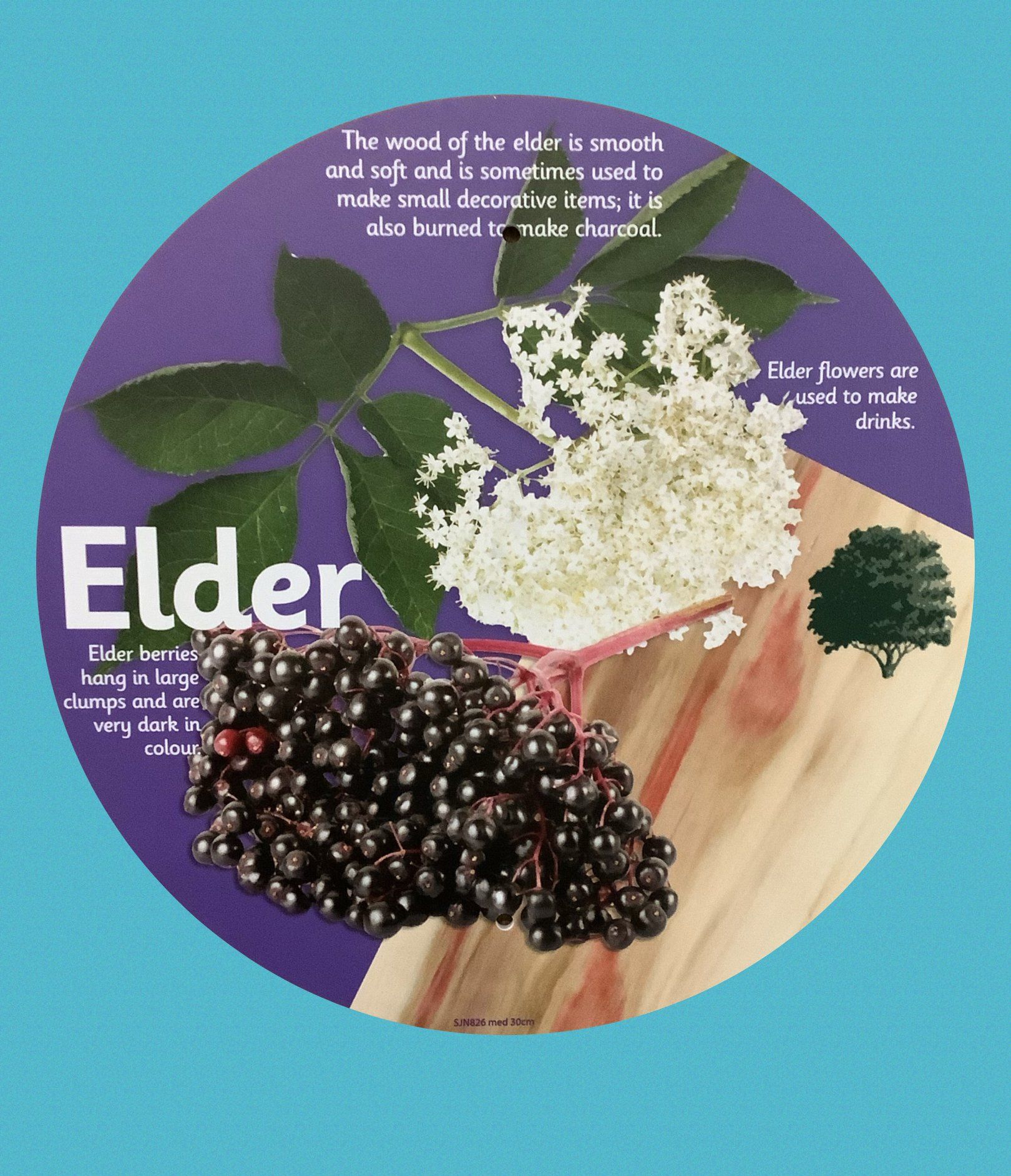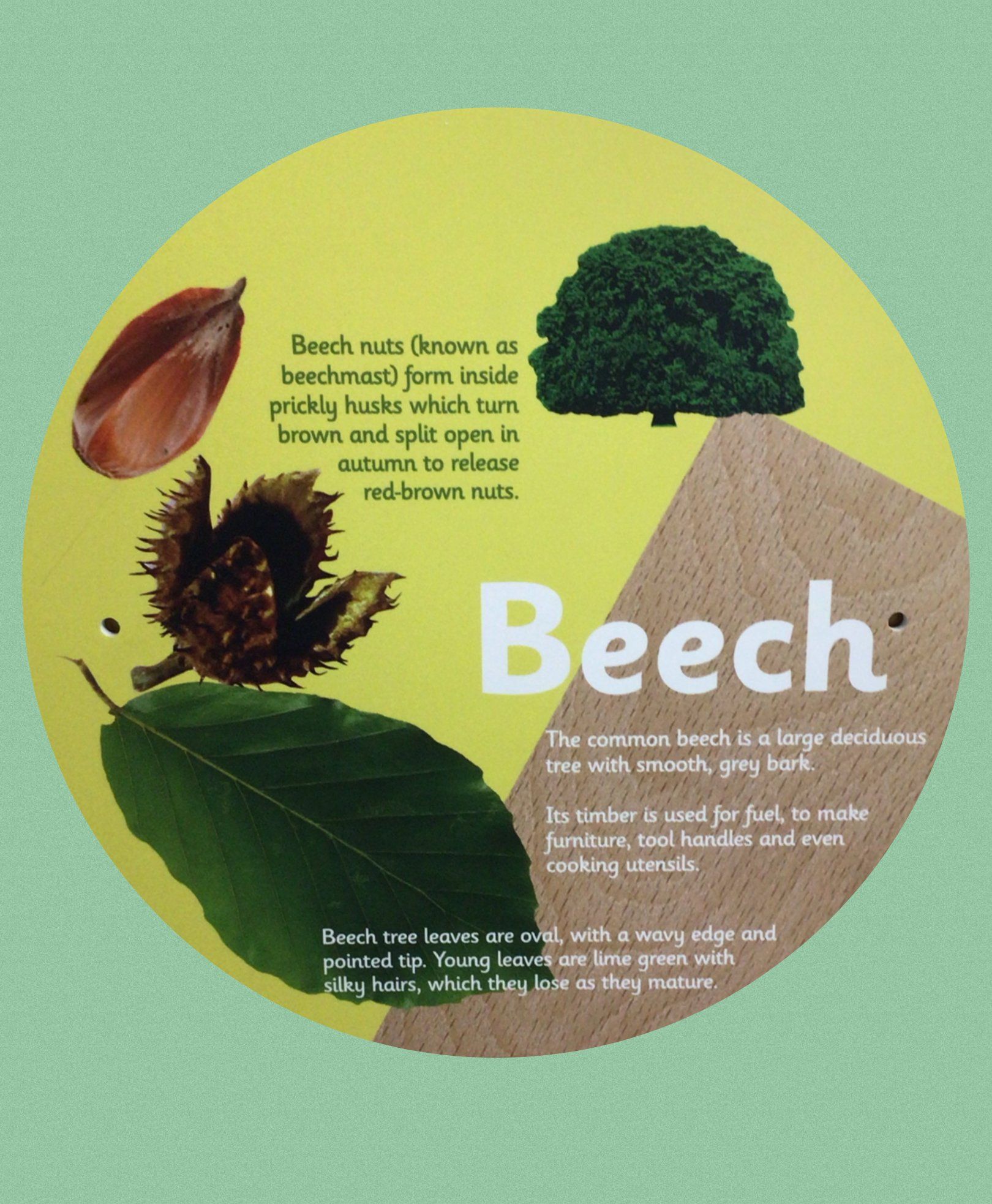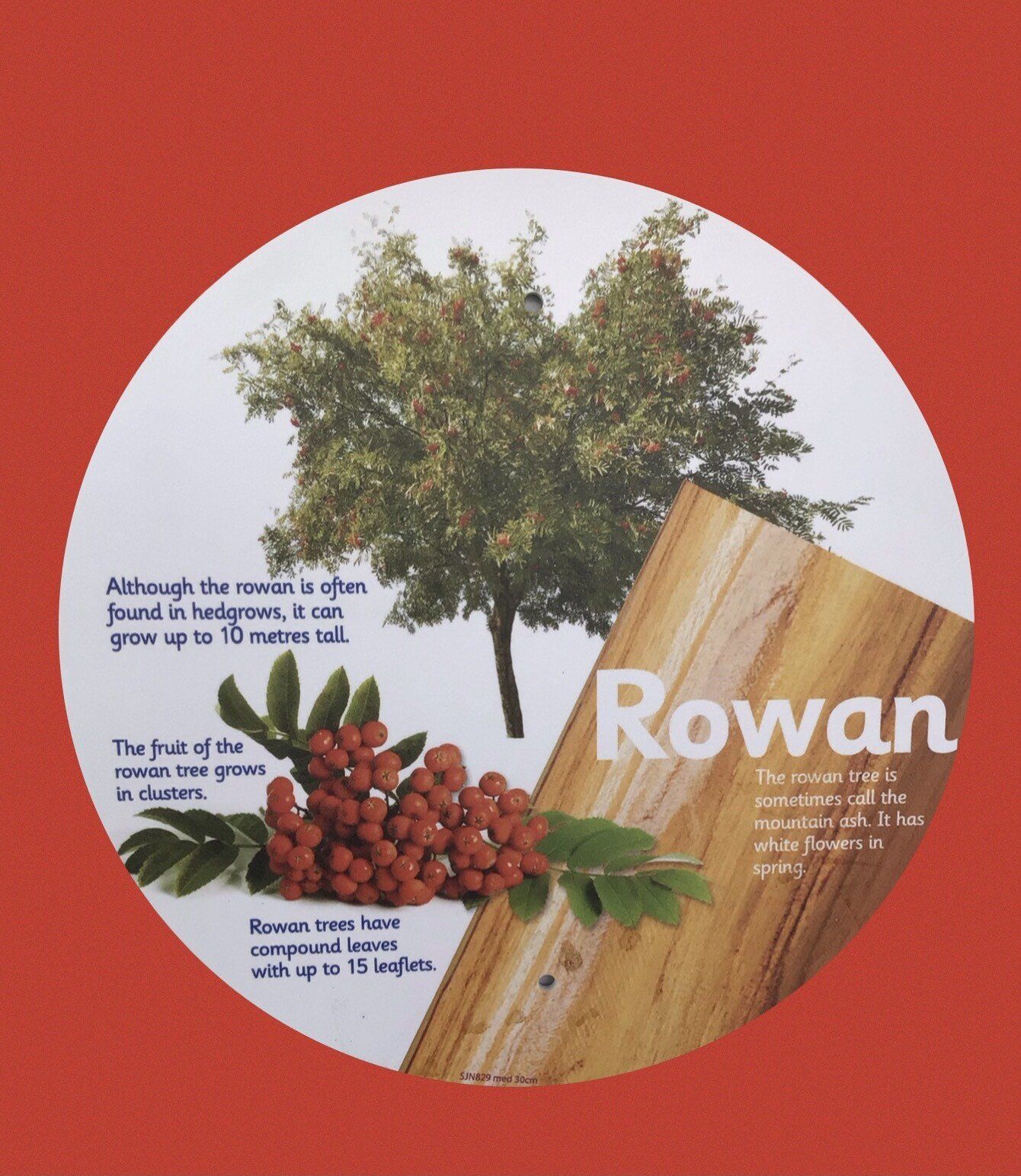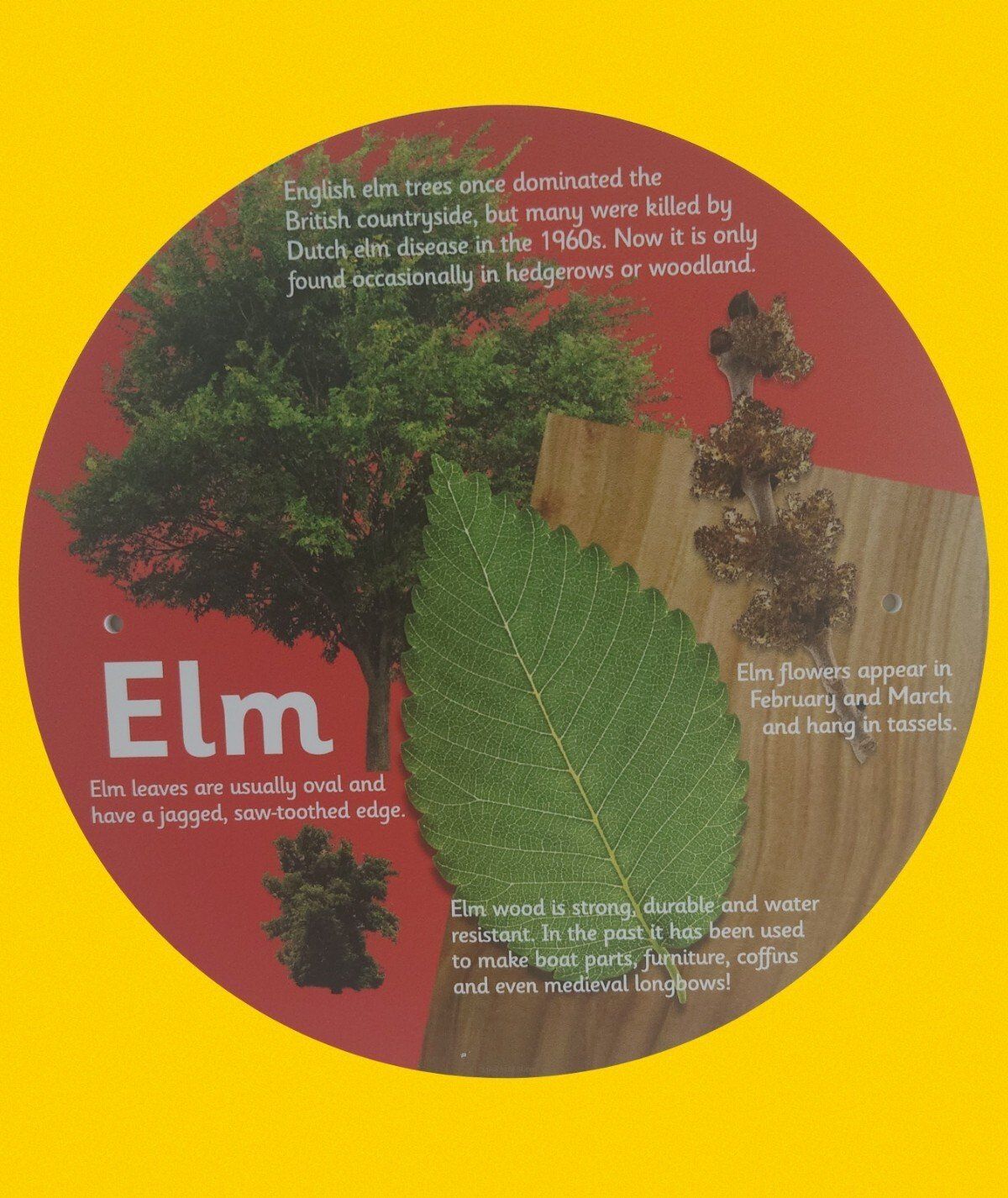Reading
Phonics
At Hudson we aim for all our children to become fluent, confident readers who are passionate about reading.
Children who read regularly or are read to regularly have the opportunity to open the doors to so many different worlds! More importantly, reading will give your child the tools to become independent life-long learners. We can achieve this together through:
- Read Write Inc, a program to help to your child read at school
- Encouraging children to develop a love of books by reading to them daily, at home and at school
- Giving children access to a wide range of books at school and at home
At Hudson we use Read Write Inc Phonics (RWI) to give your child the best possible start with their literacy. We have put together a guide to how the RWI programme works together with some useful links.
Mrs. Whitelaw is our Read Write Inc lead teacher, so if you have questions about RWI, contact school or use ClassDojo to message her personally.
Please take the time to read the information provided below as it will provide invaluable information as to how you can help and support your child in reading.
What is Read Write Inc?
Read Write Inc (RWI) is a phonics complete literacy programme which helps all children learn to read fluently and at speed so they can focus on developing their skills in comprehension, vocabulary and spelling. The programme is designed for children aged 4-7. However, at Hudson we begin the programme in Nursery and will continue teaching RWI to children beyond the age of 7 if they still need support within their reading.
RWI was developed by Ruth Miskin and more information on this can be found at:
https://schools.ruthmiskin.com/resources/#
How will RWI be taught?
All children are assessed regularly by our RWI lead teacher so they work with children at the same level. This allows complete participation in lessons. We try to keep these groups small so that they can get valuable adult attention.
Nursery
Children will be introduced to the initial sounds in short five to ten minute sessions.
Reception
In Reception all children will learn how to ‘read’ the sounds in words and how those sounds can be written down. Those who are ready will begin to read and write simple words within books.
The following takes place:
Reading
The children:
- learn 44 sounds and the corresponding letters/letter groups using simple picture prompts – see below
- learn to read words using Fred talk and sound blending
- read from a range of storybooks and non-fictions books matched to their phonic knowledge
- work well with partners
- develop comprehension skills in stories by answering ‘Find It’ and ‘Prove It’ discussion questions
Writing
The children:
- learn to write and form the letters/letter groups which represent the 44 sounds with the help of fun phrases
- learn to write words by using Fred Talk
- learn to build sentences by practising sentences out loud before they write
Talking
The children work in pairs so that they:
- answer every question
- practise every activity with their partner
- take turns in talking and reading to each other
- develop ambitious vocabulary
Year 1 and above
Children follow the same format as Reception but will work on complex sounds and read books appropriate to their reading level. Daily sessions of RWI phonics last for one hour. Once children become fluent speedy readers they will move on to literacy lessons.
Five key principles underpin the teaching in all Read Write Inc. sessions:
Purpose – know the purpose of every activity and share it with the children, so they know the one thing they should be thinking about
Participation – ensure every child participates throughout the lesson. Partnership work is fundamental to learning
Praise – ensure children are praised for effort and learning, not ability
Pace – teach at an effective pace and devote every moment to teaching and learning
Passion – be passionate about teaching so children can be engaged emotionally.
Children will be taught how to read as follows:
Before you start to teach your child, practise saying the sounds below. These are the sounds we use to speak in English.
Fred Talk
We use pure sounds (‘m’ not’ muh’,’s’ not ‘suh’, etc.) so that your child will be able to blend the sounds into words more easily.
At school we use a puppet called Fred who is an expert on sounding out words! we call it, ‘Fred Talk’. E.g. m-o-p, c-a-t, m-a-n, sh-o-p, b-l-a-ck.
The following video is an example of blending sounds with Fred.
https://schools.ruthmiskin.com/resources/watch/434/
The children are taught the sounds in 3 sets
Step 1:
Set 1 Sounds are taught in the following order together with rhymes to help children form the letters correctly and instantly recognise sounds ready for blending.
Please do not use letter names at this early stage.
Click https://schools.ruthmiskin.com/resources/watch/373/ to find out how to pronounce the ‘pure’ sounds.
Children will also use pictures for each sound to help recognise the sound and then form the shape of the sound.
Step 2:
The children are then taught Set 2 Sounds – the long vowels. When they are very confident with all of set 1 and 2 they are taught Set 3 Sounds.
Nonsense words (Alien words)
As well as learning to read and blend real words children will have plenty of opportunities to apply their sound recognition skills on reading ‘Nonsense words’. These are made up of the sounds the children are learning e.g. d-u-t (dut), d-oi-n (doin), h-e-sh (hesh).
Step 3:
Children will be introduced to ‘Ditty books’ when they successfully begin to read single words. The short vowels should be kept short and sharp:
Children use sound-blending (Fred Talk) to read short ditties. They will bring these home once they have read and discussed the book in class. Children will then be challenged to use their developing phonic knowledge to write short sentences.
Within all the books children will have red and green words to learn to help them to become speedy readers. Red words are words that are not easily decodable and challenge words to extend children’s vocabulary. Green words are linked to the sounds they have been learning and are easily decodable.
Dots and dashes represent the sound each letter makes.
During the RWI session children will read the book three times and at each new reading they will have plenty of opportunities to practise using their developing comprehension skills. You may have heard your child talking about ‘hold, edit or build a sentence’.
Hold a sentence is an activity that encourages children to remember a whole sentence while focusing on spelling and punctuation.
Build a sentence is to give children the opportunity to create their own sentence to that shows the meaning of a word and edit a sentence allows the children to critique a sentence using their knowledge of spelling punctuation and grammar. Children complete a longer piece of independent writing, which gives them the opportunity to show off their creativity and to practice their spelling, grammar and punctuation.
Spelling
Spelling will only start in Reception when children are ready to write and form their letters. Children will use first use ‘Fred fingers’ to first sound out a word before they write it down. Children learn how to spell rather than just get tested. Furthermore, this way of teaching spellings allows children to use Fred fingers whenever they get stuck with spelling a word. Children pinch each sound on fingers before writing the word.
Order of Story books: Children will hopefully follow the order listed below. The expectation is that all children will leave Year One as confident speedy readers, ready to take on the challenges of Year Two. However, some children may need extra support and your teacher will talk to you about this.
To help at home:
Your child will start to bring books home when they are confident readers. Please help them to read and give lots of praise! Remember you can share the enjoyment of reading with your child using a variety of picture and story books at home, Hudson provides focused reading materials to develop reading skills at home both physical books and resources they take home weekly and online access to suitable reading materials.
If you have any other questions about RWI or home reading, please see your class teacher or make contact with Mrs. Thompson.
In Key Stage 2 - Years 3 to 6
Reading Plus is a program we use at Hudson for children aged 8 and above that teaches them to be stronger readers. It does this by developing silent reading fluency (reading speed), then introducing more complex stories (for comprehension), and advanced vocabulary (for knowledge). Children have access to 800+ high quality online texts that are constantly updated and adapted to meet every child’s needs, regardless of what level they are reading at. Teachers can monitor exactly what and how children are reading, meaning they can offer the right kind of support when needed.
What will my child gain from using the program?
First and foremost, we hope that they will get a lot of enjoyment from using Reading Plus! The stories are short and engaging to keep levels of motivation high, and your child will read about many things outside of their normal scope of reading - anything from ‘What can one child do to save the world?’ to the future of AI. Your child will challenge themselves to become a better reader and in doing so, develop better reading habits. They will gain a greater understanding of what they have read and be better prepared for tests such as Year 6 SATs.
How does Reading Plus work?
Children choose a story (typically 6-7 minutes in length) from a level appropriate to their reading ability. Once they finish the story they answer 10 questions to test if they understood what they have just read. Teachers can see reports detailing your child’s progress. Worksheets are available for extra support with specific reading skills. Reading Plus is not meant to replace reading books, and Reading Plus is not just an eLibrary - the program is designed to teach your child to become a more efficient reader which will add to their enjoyment of reading independently - developing a lifelong love for reading.
How does my child log in?
Your school should have sent you information on how to log in including a site code (which is unique to the school) and your child’s username and password. If you are unsure of any of these, please get in touch with your child’s teacher.
Does Reading Plus work on a laptop or an iPad?
Yes, Reading Plus runs on laptops and iPads, as well as iPads Minis, tablets, Chromebooks, desktops and MacBooks. We wouldn’t recommend using Reading Plus on a smart phone simply because the text is too small to read effectively.
Do I need to download an app?
Reading Plus doesn’t need an app downloading - it’s all accessed through a secure website.
Is there anything that I need to be doing to support my child when they are working on Reading Plus?
As well as watching the videos with your child (Google ‘Teacher Hub - Reading Solutions’ and select ‘Home Learning Resources for Parents and Pupils’) you might want to sit with them when they first use the program. Other than that, it’s just making sure that Reading Plus is used regularly as directed by the school.
Can I see what my child is doing on Reading Plus?
Yes, ask your child to show you their own personalised dashboard - from this screen you will be able to see when they have been on Reading Plus, for how long, how well they are doing, as well as the level they are reading at and their reading speed.
How long should my child be on Reading Plus?
Ideally every day for about 30 minutes (at home and in school combined), but at least 3 times a week. Little and often is best!
Why does the program use the moving bar when my child reads the stories?
We call this the ‘Guided Window’. The Guided Window was developed to teach children to navigate across lines of text sequentially - this is sometimes called left to right scanning (try putting your finger on a word and moving it across the page!). You can find out more by searching for ‘Reading Plus Efficiency Brief’ free downloadable research summary.
What happens if we have a problem at home?
The easiest thing to do is to contact your child’s teacher. If there is a problem, they should be able to advise and/ or contact Reading Plus on your behalf.
